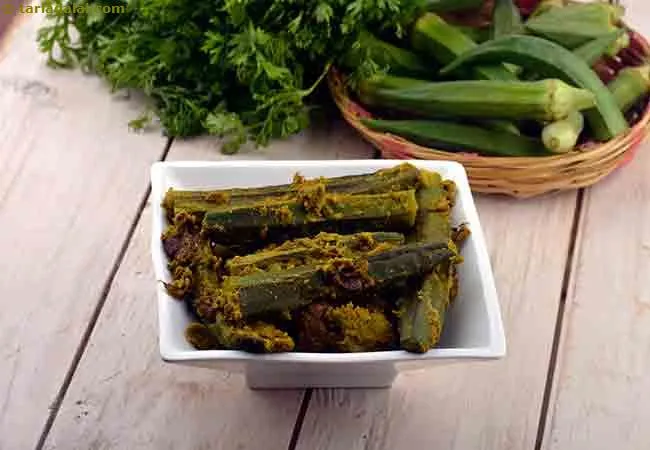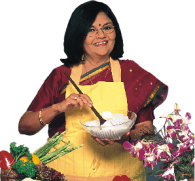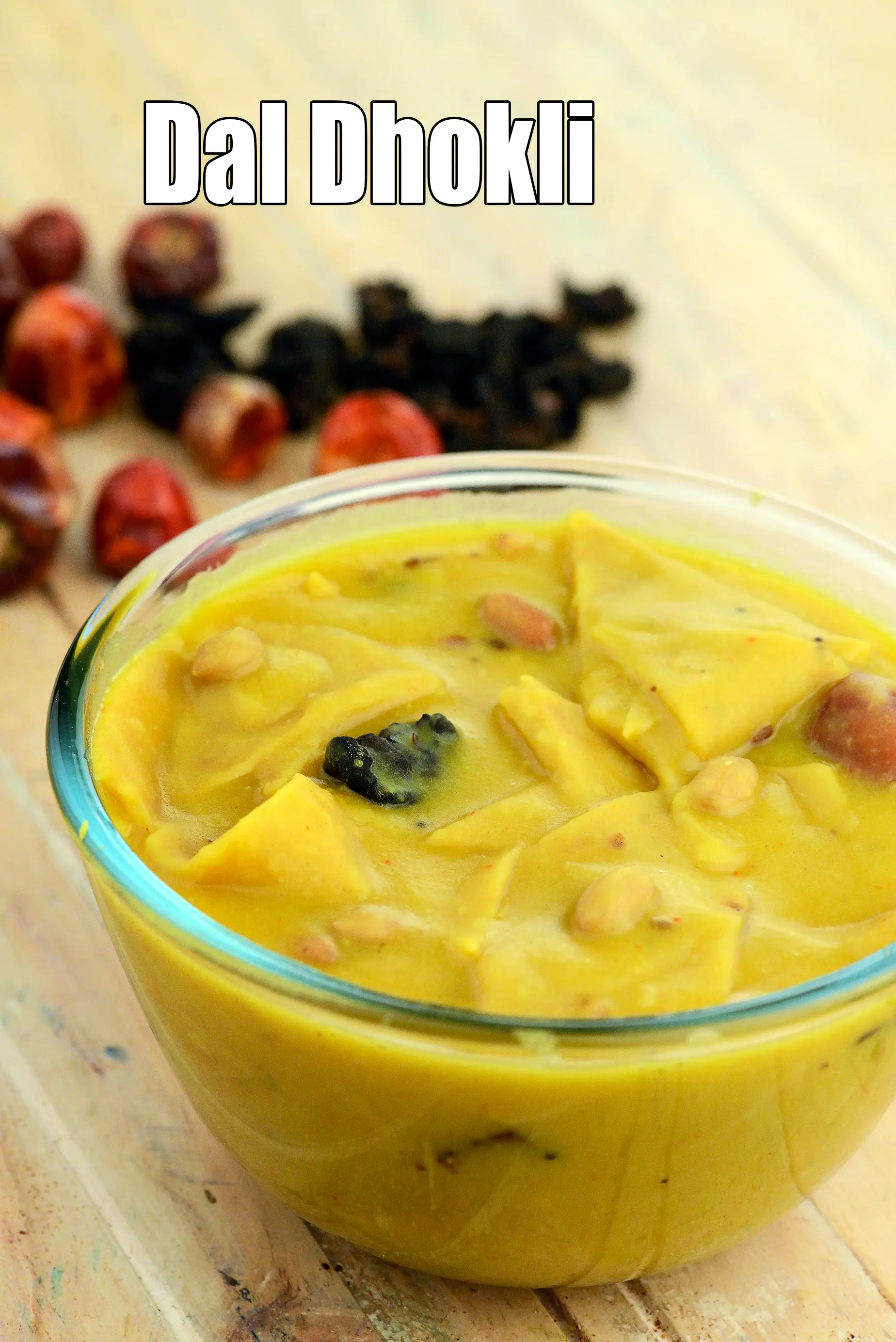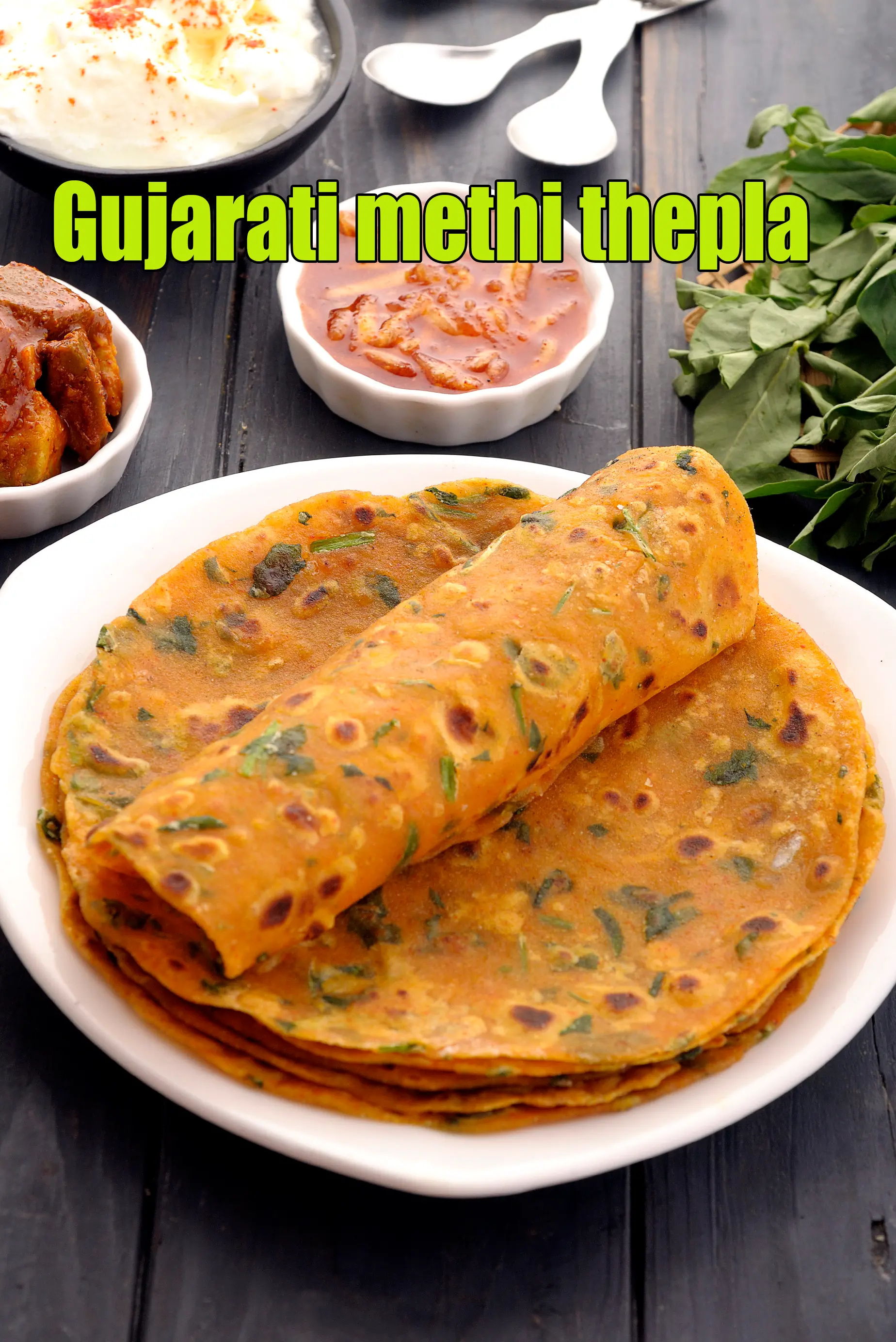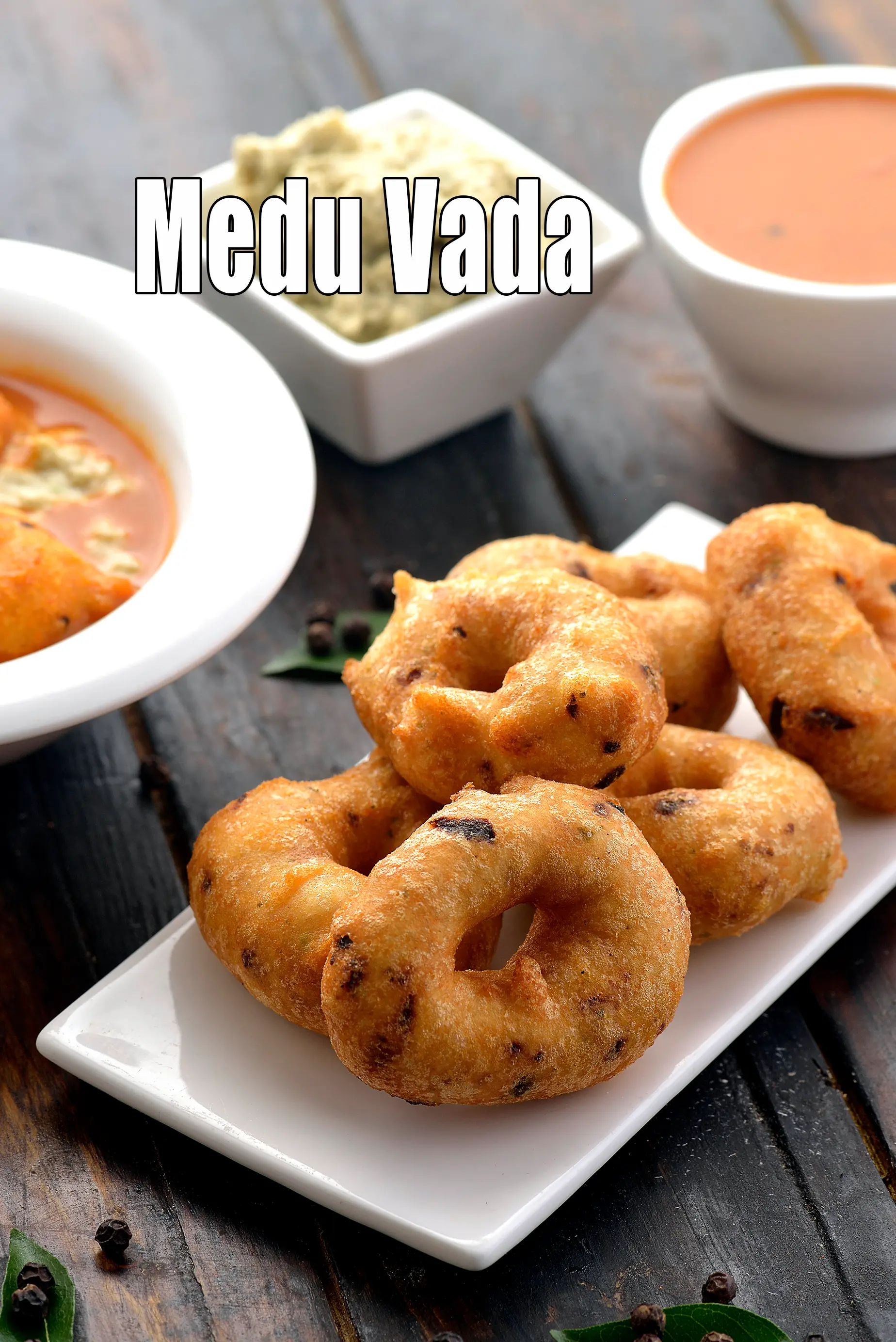Nutritional Facts of Dum Aloo, Popular Restaurant Style Punjabi Dum Aloo Recipe, Calories in Dum Aloo, Popular Restaurant Style Punjabi Dum Aloo Recipe
This calorie page has been viewed 14686 times
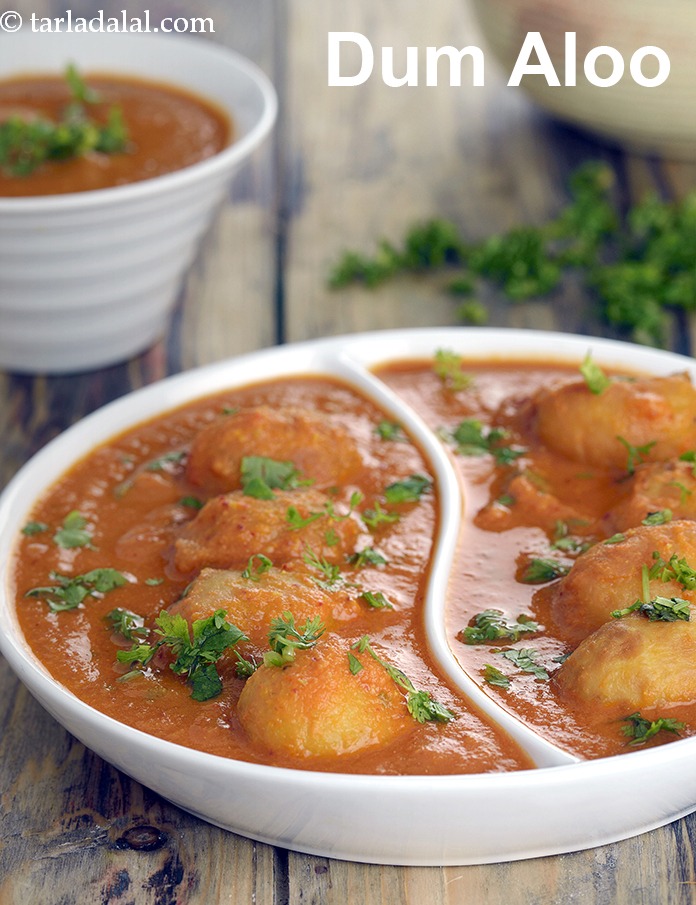
How many calories does one serving of Popular Restaurant Style Punjabi Dum Aloo have?
One serving of Popular Restaurant Style Punjabi Dum Aloo gives 330 calories. Out of which carbohydrates comprise 187 calories, proteins account for 24 calories and remaining calories come from fat which is 119 calories. One serving of Popular Restaurant Style Punjabi Dum Aloo provides about 16 percent of the total daily calorie requirement of a standard adult diet of 2,000 calories.
Click here to view Popular Restaurant Style Punjabi Dum Aloo Recipe. Dum aloo recipe | restaurant style dum aloo | Punjabi dum aloo | dum aloo curry | with 43 amazing images.
Our dum aloo recipe is also called Punjabi dum aloo. Delicious baby potato preparation that’s bursting with flavour in this restaurant style dum aloo.
Chilli-coated potatoes in dum aloo curry are cooked with cream, tomatoes and a flavourful paste of whole spices and onions. Coriander leaves are the ultimate addition to this tasty Punjabi dum aloo which gives it a really rich flavour.
Dum Aloo gets its characteristic flavour and texture from the intensely-flavoured gravy that the potatoes are cooked in.
The dum aloo gravy gets its deep flavour and luscious texture from a paste of onions and spices, cooked along with tomato pulp and fresh cream.
We show you how to make restaurant style dum aloo in less than 30 minutes.
To make dum aloo recipe, we show you 8 detailed steps on how to prepare the baby potatoes for the recipe. Remember to refresh with cold water to prevent carry-over cooking of baby potatoes. Then we show you 6 steps in making a tasty homemade tomato puree. Next you are shown how to make the onion paste for restaurant style dum aloo in 11 steps. Lastly, you make the dum aloo gravy which then leads to the final Punjabi dum aloo recipe.
You will enjoy not just the taste but also the awesome mouth-feel of this dum aloo curry. Serve with Whole Wheat Coriander and Sesame Seeds Naan Tandoori Roti or pressure cooker naan.
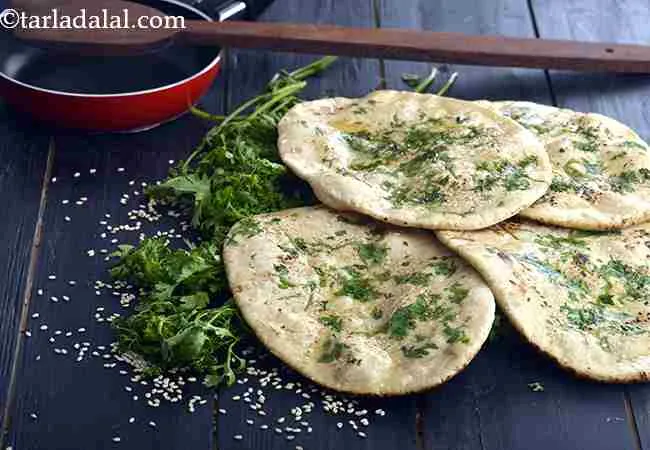
Whole Wheat Coriander and Sesame Seeds Naan
Is Popular Restaurant Style Punjabi Dum Aloo healthy?
No, this is not healthy. Let's see why. Made from aloo and vegetable oil.
Let's understand the Ingredients in Popular Restaurant Style Punjabi Dum Aloo.
What's good in Popular Restaurant Style Punjabi Dum Aloo.
Tomatoes : Tomatoes are extremely rich source of Lycopene. Tomatoes are a powerful antioxidant, super rich in Vitamin C, good for heart. Tomatoes are a Pregnant women's friend and are rich in Folate or Folic Acid which helps your body to produce and maintain new cells, especially red blood cells. Read about 13 amazing benefits of tomatoes.
Onions (pyaz, kanda) : Raw onions are a very valuable source of vitamin C – the immune building vitamin. Along with other phytonutrients from onions, it helps to build WBC (white blood cells) which serves as a line of defence against illness. Yes, it’s a source of many antioxidants, the most important one amongst them being Quercetin. The quercetin in Onions promotes production of HDL (good cholesterol) and lowers total cholesterol in the body. The sulphur in onions act as a blood thinner and prevents blood clotting too. This in turn would lower blood pressure and good for heart, diabetics. Read the benefits of onions.
Cashew Nuts (kaju) : In general, walnuts, cashew nuts, peanuts, almonds, pistachios and pinenuts are a healthy snack to carry keep with you as they are rich in monounsaturated fats and polyunsaturated fats and good for heart. They are a healthy snack for Diabetics. Dietary intakes of cashew and other foods rich in magnesium helps to regulate blood pressure. See 9 amazing benefits of cashew nuts for complete details.
Benefits of Fennel Seeds, Saunf : Aids in Digestion: The fiber content of fennel seeds is enough to prove its digestive benefits. 1 tbsp of saunf provides 2.3 g of fiber. Relieves Constipation: The fiber in saunf adds bulk and helps in easy bowel movements too. The high fiber from saunf helps to reduce the bad cholesterol (LDL) in the body thus preventing the formation of plaque and in turn, heart attack. See detailed benefits of fennel seeds, saunf.
Benefits of Cumin Seeds ( jeera) : The most common benefit of jeera known to many is to soothe the stomach, intestine and the entire digestive tract. Cumin seeds are apparently a very good source of iron. A tbsp. of cumin seeds can fulfil nearly 20% of days iron requirement. Even small quantity of cumin seeds has huge amounts of calcium – a bone supporting mineral. They aid is digestion, weight loss and help reduce inflammation. See detailed benefits of cumin seeds, jeera.
Garlic : Garlic has been proven to lower cholesterol. The active ingredient allicin present in garlic aids in lowering blood pressure. Garlic is also alleged to help regulate blood glucose levels for diabetics. Garlic is great for the heart and circulatory system. Garlic has an antimicrobial, antiviral and antifungal function and can help in relieving common cold and other viral infections. To boost your immune system have a garlic clove a day. Garlic is a top anti viral food. The thiosulphate compound, Allicin found in garlic acts as a strong antioxidant and protects our body from damage of free radicals. Read here for complete benefits of garlic.
Green Chillies : Antioxidant vitamin C in green chillies protects the body from effects of harmful free radicals and prevents stress. It is probably the high fiber which helps in controlling blood sugar levels. This it is a welcome addition to a diabetic diet. Suffering from anaemia? Add green chillies to your list of iron rich foods too. For complete details see benefits of green chilli.
Turmeric Powder (Haldi) : Turmeric helps in digestion of food thus helping to overcome indigestion. Haldi may help in reducing the growth of fat cells in the body. Turmeric, being rich in iron, is highly valuable in the treatment of anaemia and both the root as well as the powder should be a regular part of an anaemic diet. One of the health benefits of turmeric is it’s anti-inflammatory property due to the active compound, Curcumin, which helps to relieve inflammation of the joints and thus is a ladder to relieve pain related to arthritis. The curcumin in haldi also helps to ward of the bacteria’s causing cold, cough and throat irritation. Turmeric benefits in diabetes management by lowering blood glucose levels. Its antioxidant and anti-inflammatory effects are useful in the treatment of diabetes patients. It is known to be a good brain food and keep diseases like Alzheimer’s at bay. See here for detailed turmeric benefits.
Coriander (kothmir, dhania) : Coriander is a fresh herb often used as a flavour enhancer in Indian cooking. It is mainly used as a garnish. This is the best way to use it - no cooking. This preserves its vitamin C content which helps to build our immunity and bring that sparkle to the skin. The antioxidants vitamin A, vitamin C and the quercetin present in coriander works towards strengthening our immune system. Coriander is a fairly good source of iron and folate – the 2 nutrient which help in the production and maintenance of red blood cells in our blood. Good for reducing cholesterol and good for diabetics. Read 9 benefits of coriander to understand details.
Benefits of Cardamom, Elaichi : Cardamom has essential oil which is known to be effective is killing bacteria. This antimicrobial power of cardamom helps in relieving some stomach rpoblems like stomachache, cramps, flatulence etc. The sweet yet strong aroma of cardamom makes it perfect to control Halitosis (bad breath). The mineral manganese in cardamom may help in the lower blood sugar levels and good for diabetics. See detailed benefits of cardamom.
Benefits of Cinnamon, dalchini, cinnamon powder : Cinnamon with its antioxidant power has the ability to reduce inflammation in the body and thus reduce the risk of various chronic diseases like heart disease, diabetes, cancer etc. Cinnamon since ages has been known to be beneficial for diabetics. Diabetes is a disease which occurs due to insulin resistance. Intake of cinnamon is said to reduce this resistance and instead improve insulin sensitivity in cells thereby helping to maintain normal blood sugar levels. cinnamon helps to reduce the blood cholesterol and triglyceride levels and thus prevents clot formation. See detailed benefits of cinnamon.
Fresh Cream : 1 tbsp of fresh cream (15 gm) provides around 18 calories, out of which 16 calories result from saturated fat. Till late, saturated fat was always looked upon as that evil fat which would lead to high cholesterol levels and strokes. Offhand, studies have revealed no such association. So, the next question that arises is “Are saturated fats healthy then?” What’s more important is to look at your diet in totality. Till no furnished evidence is available on this subject, you can add about a tsp of fresh cream once in a while to your meals to enhance the taste. Try and not to add it in bulk frequently. This holds true for a healthy individual or for those suffering from diabetes, heart problem etc.
Yet looking for a more healthier option? Then, rely on more healthier type of saturated fats which contain MCT (medium chain triglycerides) which is the real buzz currently. Coconut, coconut meat and coconut milk are the perfect example of this.
What's the problem in Popular Restaurant Style Punjabi Dum Aloo?
Potatoes (Aloo) : Potatoes being high in simple carbohydrates will lead to weight gain and are not good for people with diabetes, heart problem and obesity. Potatoes are recommended for malnourished children and people with low weight. See full details on why potatoes are bad for you.
Vegetable Oils : To some vegetable oil is only soyabean oil, while some promote it as a mix of oils like soyabean, canola, sunflower, corn and other omega-6 rich oils. These are often cheaper options than many oils, but they are highly processed oils. They are undoubtedly not to be reached out for, whether you are looking for salad dressings, sautéing or cooking. The 5 best oils used in cooking are olive oil (low temperature short time cooking), avocado oil, canola oil, coconut oil and peanut oil. You must read the super article to find the facts of which oil is the healthiest avoid vegetable oil.
Sugar : Sugar used in the recipe is also called white poison. It is a simple carbohydrate with zero nutritional value. On intake, sugar will cause inflammation of the body which will last for many hours. It will spike your blood sugar level and shut down the fat burning process. This also causes high blood sugar levels in your body. The development of prediabetes comes from uncontrolled eating sugar and refined food products for many years and the classic symptom is if you have excess belly fat. This leads to diabetes and further onwards to heart attack, high blood pressure, strokes, impotence and kidney damage.
Can diabetics, heart patients and over weight individuals have Popular Restaurant Style Punjabi Dum Aloo?
No, this recipe is not good for diabetics, heart and weight loss. Potatoes being high in simple carbohydrates will lead to weight gain and are not good for people with diabetes, heart problem and obesity. Sugar is a simple carbohydrate with zero nutritional value. On intake, sugar will cause inflammation of the body which will last for many hours. It will spike your blood sugar level and shut down the fat burning process. This also causes high blood sugar levels in your body.
What is a healthier sabzi option ?
Here are some very healthy sabzis like Urad Dal with Spinach, dahi bhindi ki sabzi recipe, chana palak, mushroom mutter masala, mooli ki sabzi recipe, bhindi masala recipe.
Can healthy individuals have Popular Restaurant Style Punjabi Dum Aloo?
No, this is not healthy recipe.Suggested to stay away from potatoes, sugar and oily food for good health.
8 Pointers to get healthy on a Indian diet
1. Eat healthy and say yes to good home cooked food. Prefer whole grains like oatmeal, quinoa, buckwheat, barley and healthy flours like bajra flour, jowar flour, quinoa flour, wheat flour etc. rather than refined ones like maida. Have healthy Indian fats like ghee, coconut, coconut oil in your diet.
2. Opt out of junk food, packaged food, deep fried foods. Prefer steamed snacks and other non-fried snacks. Check out some Healthy Indian Snacks. Remember to eat small frequent meals through the day as that will keep you always full and prevent your blood sugar from dropping. By starving your body through some diet, will not help you one bit. In fact, dieting will make you binge on 2 to 3 meals which is not good.
3. Have 4 to 5 servings of vegetables and 2 to 3 servings of fruit is a must. Follow the logic of a vegetable in each main meal of the day and a fruit in-between meals. Check out a few Healthy Indian Soups and Healthy Indian Salads recipes using this food group.
4. Cut down on sugar and salt in your diet and pick honey ( very small amounts) or dates to sweeten your food. Slowly cut the sugar habit as this is not going to happen over night. Sugar is also called white poison. It is a simple carbohydrate with zero nutritional value. On intake, sugar will cause inflammation of the body which will last for many hours. It will spike your blood sugar level and shut down the fat burning process. This also causes high blood sugar levels in your body. The development of prediabetes comes from uncontrolled eating sugar and refined food products for many years and the classic symptom is if you have excess belly fat. This leads to diabetes and further onwards to heart attack, high blood pressure, strokes, impotence and kidney damage.
Salt and blood pressure. Apart from stress and obesity, one of the main reasons for high blood pressure is excessive sodium and salt intake. Most people find it difficult to limit the amount of salt in their cooking, thinking it will affect the taste of their favourite dishes.
This is not true. Bajra and jowar are rich in potassium and critical for those with High Blood Pressure as it lessens the impact of sodium. Eating more Potassium Rich Foods will remove more sodium from your body through urine. So include the basic bajra roti and jowar roti in your daily diet to have with Lower Blood Pressure Subzis Recipes.
5. Befriend a few healthy seeds and nuts like chia seeds, flax seeds, sesame seeds, walnuts and almonds.
6. Sprouts are called ‘living food’. They are high is most nutrients and easy to digest as well. Let them feature in your meals at least thrice a week. Also Read : All Benefits about Sprouts.
7. Exercise 45 minutes every day. No excuse. You can walk fast, run, do weights, play your favourite sport or go to the gym.
8. Sleep early and get up early. Get your body into rhythm and it will function best. Sleep helps your body to recover.
Popular Restaurant Style Punjabi Dum Aloo is high in
1. Folic Acid : Folic acid is an essential vitamin required throughout pregnancy.
2. Vitamin C : Vitamin C is a great defence against coughs and colds.
3. Magnesium : Magnesium is required for formation of bones and teeth. helps in the metabolism of calcium and potassium.
4.Vitamin B1 : Vitamin B1 protects nerves, helps in carbohydrate metabolism, prevents heart diseases and helps produce red blood cells.
5. Fiber : Dietary fiber reduce the risk of heart disease, prevent the spike in blood sugar levels and hence super for diabetics. Consume more fruits, vegetables, moong, oats, matki, whole grains.
6. Vitamin B3 (niacin) : Vitamin B3 helps in brain functioning and mental health. Also healthy skin formation.
7. Calcium : Calcium is a mineral that makes bones stay strong. Required from kids to adults.
8. Phosphorous : Phosphorous works closely with calcium to build bones.
Note : a recipe is deemed high in a Vitamin or mineral if it meets 20% and above the recommended daily allowance based on a 2,000 calorie diet.
How to burn 203 calories that come from Popular Restaurant Style Punjabi Dum Aloo?
Walking (6 kmph) = 1 hour 33 mins
Running (11 kmph) = 33 mins
Cycling (30 kmph) = 44 mins
Swimming (2 kmph) = 57 mins
Note: These values are approximate and calorie burning differs in each individual.
| Energy | 330 cal |
| Protein | 6 g |
| Carbohydrates | 46.8 g |
| Fiber | 5.6 g |
| Fat | 13.3 g |
| Cholesterol | 0 mg |
| Vitamin A | 802.7 mcg |
| Vitamin B1 | 0.4 mg |
| Vitamin B2 | 0.1 mg |
| Vitamin B3 | 2.7 mg |
| Vitamin C | 75.3 mg |
| Folic Acid | 80.4 mcg |
| Calcium | 131 mg |
| Iron | 2.5 mg |
| Magnesium | 91.9 mg |
| Phosphorus | 149.4 mg |
| Sodium | 42.4 mg |
| Potassium | 707.3 mg |
| Zinc | 1.4 mg |
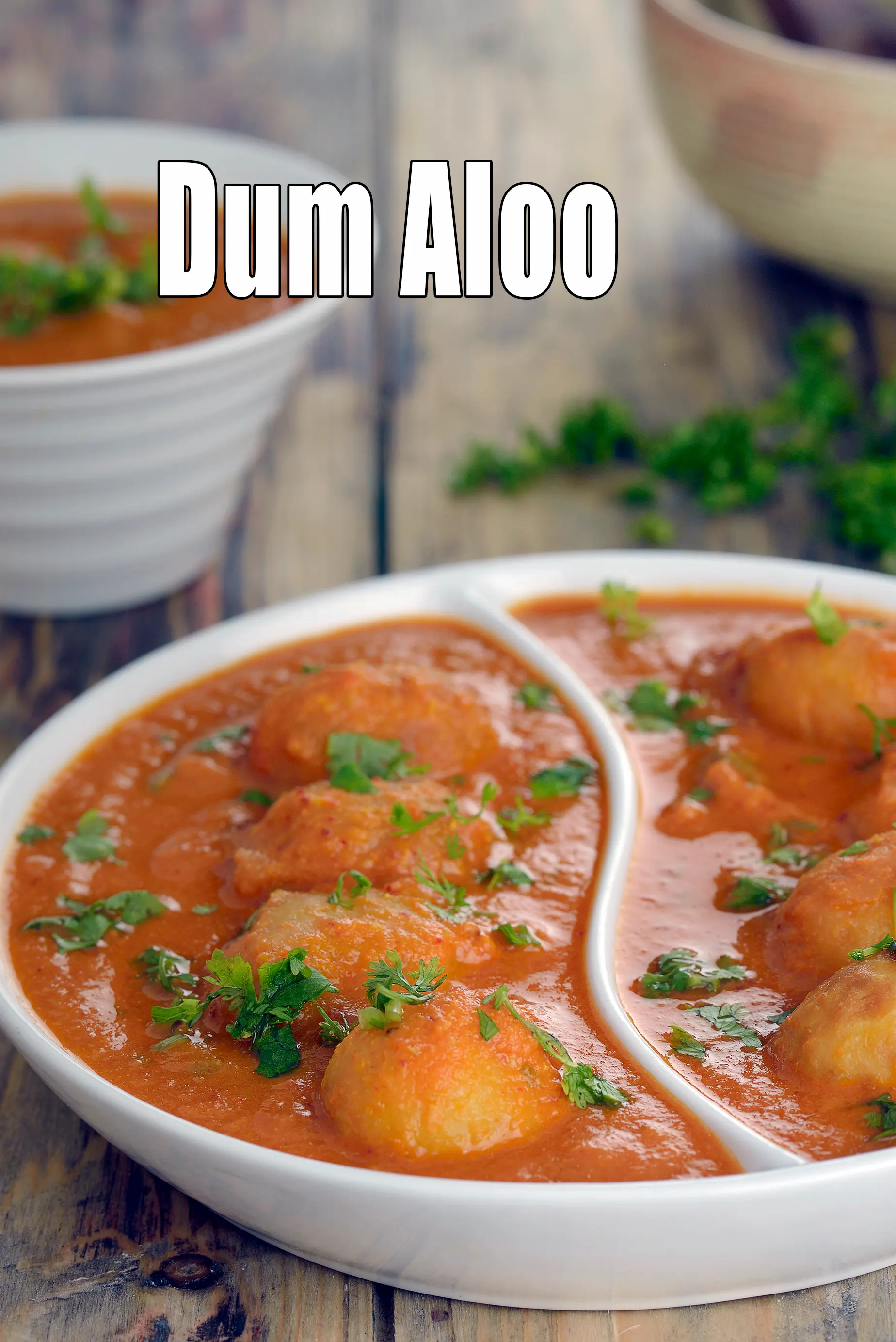
Click here to view Dum Aloo, Popular Restaurant Style Punjabi Dum Aloo Recipe
Calories in other related recipes
